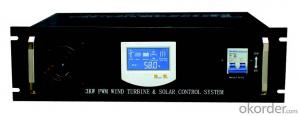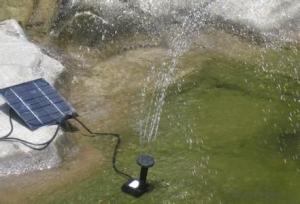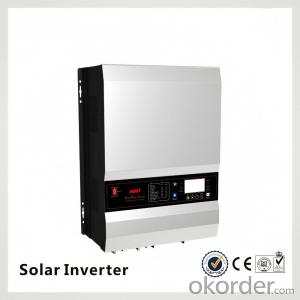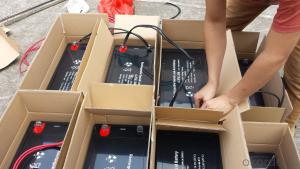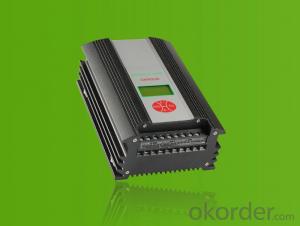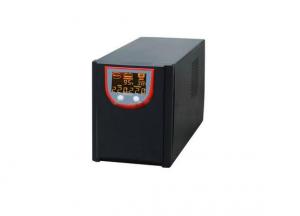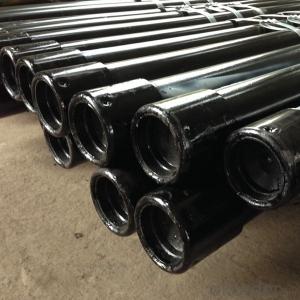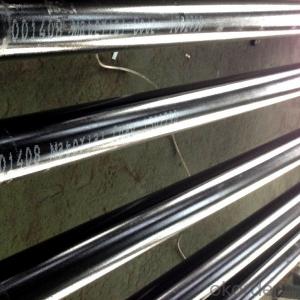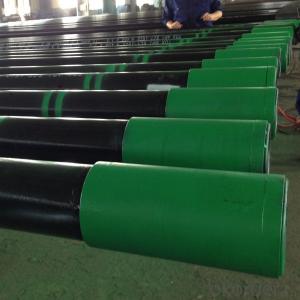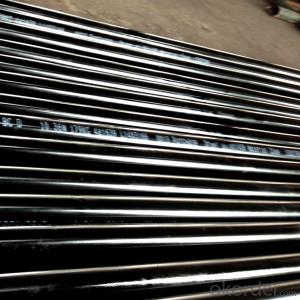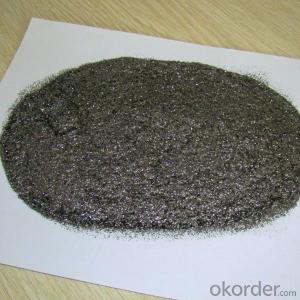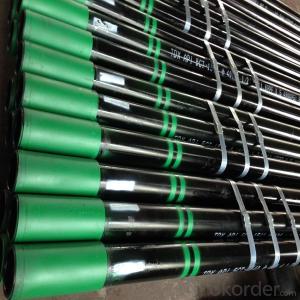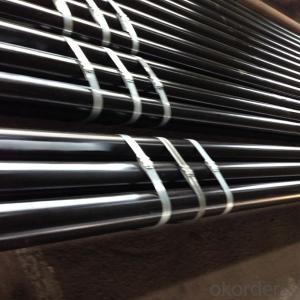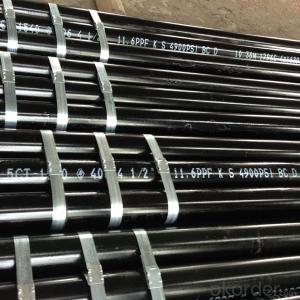Hybrid Solar Inverter
Hybrid Solar Inverter Related Searches
Solar Hybrid Inverter Hybrid Solar Power Inverter Hybrid Inverter Solar Solar Inverter Hybrid Inverter Solar Hybrid Inverter Hybrid Solar Solar System Hybrid Inverter Hybrid Solar Inverter System Hybrid Solar Charger Inverter Hybrid Inverter Solar System Smart Hybrid Solar Inverter Solar Hybrid Inverter System Solar Panel Hybrid Inverter Hybrid Inverter Charger Solar Buy Hybrid Solar Inverter Hybrid Solar Inverter Charger Hybrid Inverter Solar Panel Tesla Hybrid Solar Inverter Best Hybrid Solar Inverter Hybrid Solar Inverter 48v Best Solar Hybrid Inverter Solar Edge Hybrid Inverter 12v Hybrid Solar Inverter Hybrid Solar Inverter 24v Solar Solar Inverter Solar Hybrid Pcu Inverter Solar Hybrid Inverter 48v China Hybrid Solar Inverter On-Grid Hybrid Solar Inverter Top 10 Hybrid Solar InverterHybrid Solar Inverter Supplier & Manufacturer from China
Hybrid Solar Inverters are advanced power conversion devices that integrate the functions of both solar charge controllers and inverters. These devices are designed to convert DC power generated by solar panels into AC power, which can be used to power various electrical appliances and devices. They play a crucial role in modern renewable energy systems, ensuring efficient energy conversion and utilization.Hybrid Solar Inverters find their application in a wide range of scenarios, including residential, commercial, and industrial settings. They are particularly useful in off-grid and grid-tied solar power systems, where they help manage the flow of energy between solar panels, batteries, and the electrical grid. These inverters can also be used in backup power systems, providing a reliable source of electricity during power outages or grid failures.
Okorder.com is a reputable wholesale supplier of Hybrid Solar Inverters, boasting a vast inventory of high-quality products from various manufacturers. With a commitment to customer satisfaction, Okorder.com offers competitive prices, fast shipping, and excellent customer support, making it a preferred choice for businesses and individuals looking to purchase Hybrid Solar Inverters for their energy needs.
Hot Products












